Kolhapuri chappals, often simply referred to as "Kolhapuris," are not just a type of footwear; they are a symbol of Indian tradition, craftsmanship, and style. Originating from the town of Kolhapur in Maharashtra, India, these leather sandals have a rich history and a unique appeal that continues to captivate fashion enthusiasts worldwide. Here’s a closer look at Kolhapuris, their history, how they are made, and how you can incorporate them into your wardrobe.
The History of Kolhapuris
Kolhapuri chappals have a heritage that dates back over 700 years. They were initially made by the skilled cobblers of Kolhapur and nearby villages. These artisans crafted the sandals using locally sourced leather and traditional techniques, creating durable and comfortable footwear suitable for the hot and humid climate of the region.
The chappals gained royal patronage during the reign of the Maratha Empire, where they became popular among warriors and noblemen. Over the centuries, Kolhapuris have evolved in design but have always maintained their essential characteristics: robust construction, intricate designs, and the use of natural materials.
The Making of Kolhapuris
The creation of Kolhapuri chappals is a meticulous process that involves several steps:
1. Leather Preparation: The first step is curing and tanning the leather, which is traditionally done using vegetable dyes. This eco-friendly process not only ensures durability but also gives the leather a unique color and texture.
2. Cutting and Shaping: Once the leather is ready, it is cut into various components like the sole, straps, and decorative elements. Each part is meticulously shaped to fit perfectly.
3. Stitching and Assembling: The cut pieces are then stitched together using strong nylon or cotton threads. The stitching is often done by hand, ensuring each pair's durability and uniqueness.
4. Decorative Work: Traditional Kolhapuris often feature intricate designs, embossing, and sometimes even small metallic or beaded embellishments. These decorative elements are added to enhance the aesthetic appeal of the chappals.
5. Finishing Touches: The final step involves smoothing out any rough edges, adding additional comfort elements, and sometimes applying a protective finish to the leather.
The Unique Features of Kolhapuris
Several features make Kolhapuri chappals stand out:
- Durability: Made from high-quality leather and hand-stitched, Kolhapuris are built to last.
- Comfort: The natural materials used allow the feet to breathe, making them comfortable even in hot climates.
- Versatility: Their simple yet elegant design means they can be paired with both traditional Indian attire and contemporary outfits.
- Eco-Friendly: The traditional tanning process uses natural dyes, making Kolhapuris an environmentally friendly footwear option.
Styling Your Kolhapuris
Kolhapuris are incredibly versatile and can be styled in numerous ways:
- Traditional Look: Pair them with ethnic wear such as sarees, salwar kameez, or kurta-pajamas for a classic, timeless look.
- Casual Chic: Wear them with jeans, skirts, or shorts for a casual yet stylish appearance. They add a touch of ethnic flair to modern outfits.
- Bohemian Vibes: Combine Kolhapuris with boho-chic dresses or flowy skirts for a relaxed, bohemian style.
- Workwear: Opt for simpler, more understated designs to pair with office wear for a comfortable and stylish workday.
Caring for Your Kolhapuris
To ensure your Kolhapuris last long and remain in good condition, follow these care tips:
- Regular Cleaning: Wipe them with a damp cloth to remove dirt and dust. Avoid soaking them in water.
- Conditioning: Use a leather conditioner to keep the leather soft and prevent it from drying out.
- Storage: Store them in a cool, dry place away from direct sunlight. Use a shoe bag to protect them from dust.
Conclusion
Kolhapuri chappals are more than just footwear; they are a piece of Indian heritage that embodies tradition, craftsmanship, and style. Whether you are looking to add a touch of ethnic elegance to your outfit or seeking comfortable and durable sandals, Kolhapuris are a perfect choice. Embrace this timeless footwear and enjoy the blend of tradition and modernity that it brings to your wardrobe.
The History of Kolhapuris
Kolhapuri chappals have a heritage that dates back over 700 years. They were initially made by the skilled cobblers of Kolhapur and nearby villages. These artisans crafted the sandals using locally sourced leather and traditional techniques, creating durable and comfortable footwear suitable for the hot and humid climate of the region.
The chappals gained royal patronage during the reign of the Maratha Empire, where they became popular among warriors and noblemen. Over the centuries, Kolhapuris have evolved in design but have always maintained their essential characteristics: robust construction, intricate designs, and the use of natural materials.
The Making of Kolhapuris
The creation of Kolhapuri chappals is a meticulous process that involves several steps:
1. Leather Preparation: The first step is curing and tanning the leather, which is traditionally done using vegetable dyes. This eco-friendly process not only ensures durability but also gives the leather a unique color and texture.
2. Cutting and Shaping: Once the leather is ready, it is cut into various components like the sole, straps, and decorative elements. Each part is meticulously shaped to fit perfectly.
3. Stitching and Assembling: The cut pieces are then stitched together using strong nylon or cotton threads. The stitching is often done by hand, ensuring each pair's durability and uniqueness.
4. Decorative Work: Traditional Kolhapuris often feature intricate designs, embossing, and sometimes even small metallic or beaded embellishments. These decorative elements are added to enhance the aesthetic appeal of the chappals.
5. Finishing Touches: The final step involves smoothing out any rough edges, adding additional comfort elements, and sometimes applying a protective finish to the leather.
The Unique Features of Kolhapuris
Several features make Kolhapuri chappals stand out:
- Durability: Made from high-quality leather and hand-stitched, Kolhapuris are built to last.
- Comfort: The natural materials used allow the feet to breathe, making them comfortable even in hot climates.
- Versatility: Their simple yet elegant design means they can be paired with both traditional Indian attire and contemporary outfits.
- Eco-Friendly: The traditional tanning process uses natural dyes, making Kolhapuris an environmentally friendly footwear option.
Styling Your Kolhapuris
Kolhapuris are incredibly versatile and can be styled in numerous ways:
- Traditional Look: Pair them with ethnic wear such as sarees, salwar kameez, or kurta-pajamas for a classic, timeless look.
- Casual Chic: Wear them with jeans, skirts, or shorts for a casual yet stylish appearance. They add a touch of ethnic flair to modern outfits.
- Bohemian Vibes: Combine Kolhapuris with boho-chic dresses or flowy skirts for a relaxed, bohemian style.
- Workwear: Opt for simpler, more understated designs to pair with office wear for a comfortable and stylish workday.
Caring for Your Kolhapuris
To ensure your Kolhapuris last long and remain in good condition, follow these care tips:
- Regular Cleaning: Wipe them with a damp cloth to remove dirt and dust. Avoid soaking them in water.
- Conditioning: Use a leather conditioner to keep the leather soft and prevent it from drying out.
- Storage: Store them in a cool, dry place away from direct sunlight. Use a shoe bag to protect them from dust.
Conclusion
Kolhapuri chappals are more than just footwear; they are a piece of Indian heritage that embodies tradition, craftsmanship, and style. Whether you are looking to add a touch of ethnic elegance to your outfit or seeking comfortable and durable sandals, Kolhapuris are a perfect choice. Embrace this timeless footwear and enjoy the blend of tradition and modernity that it brings to your wardrobe.

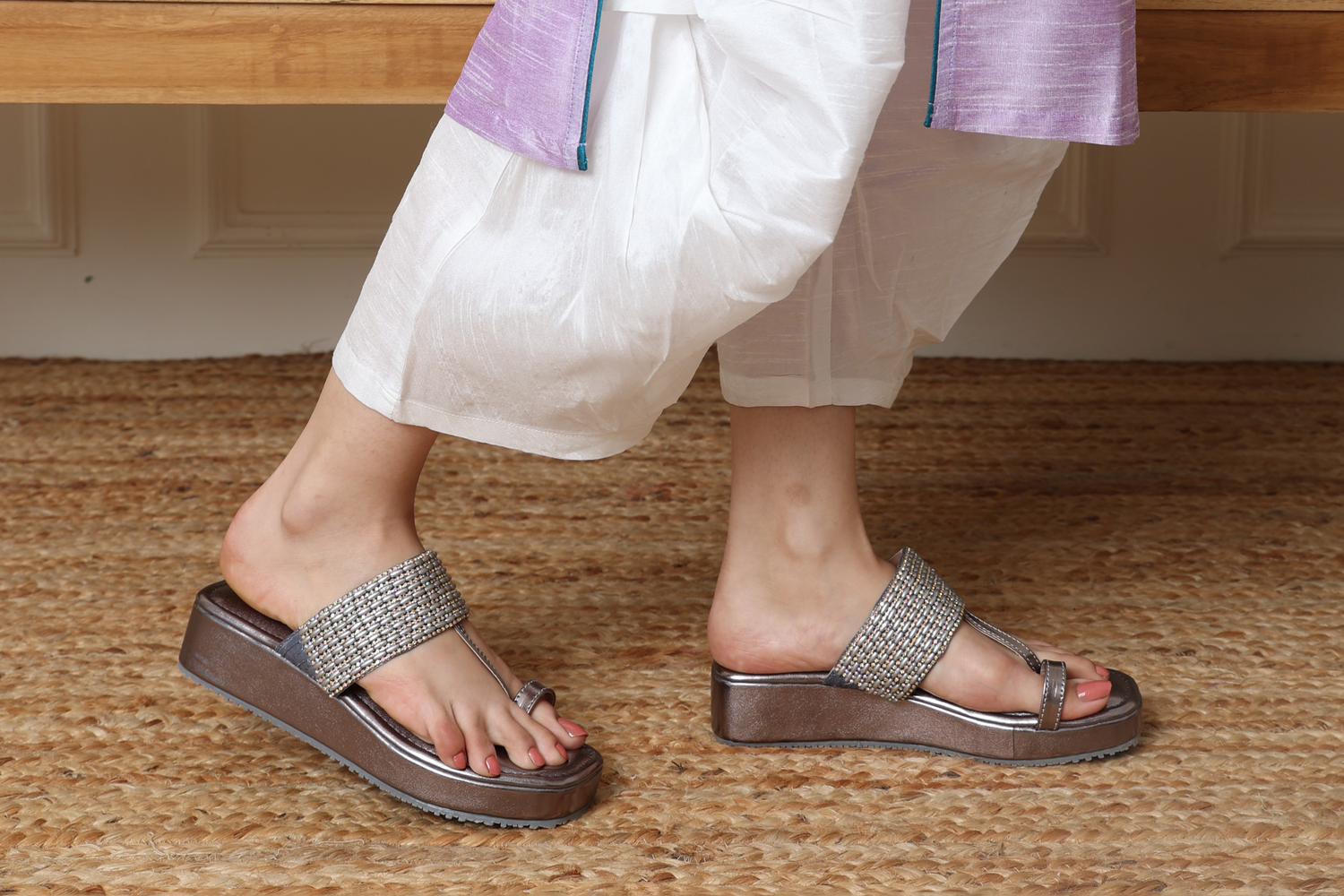
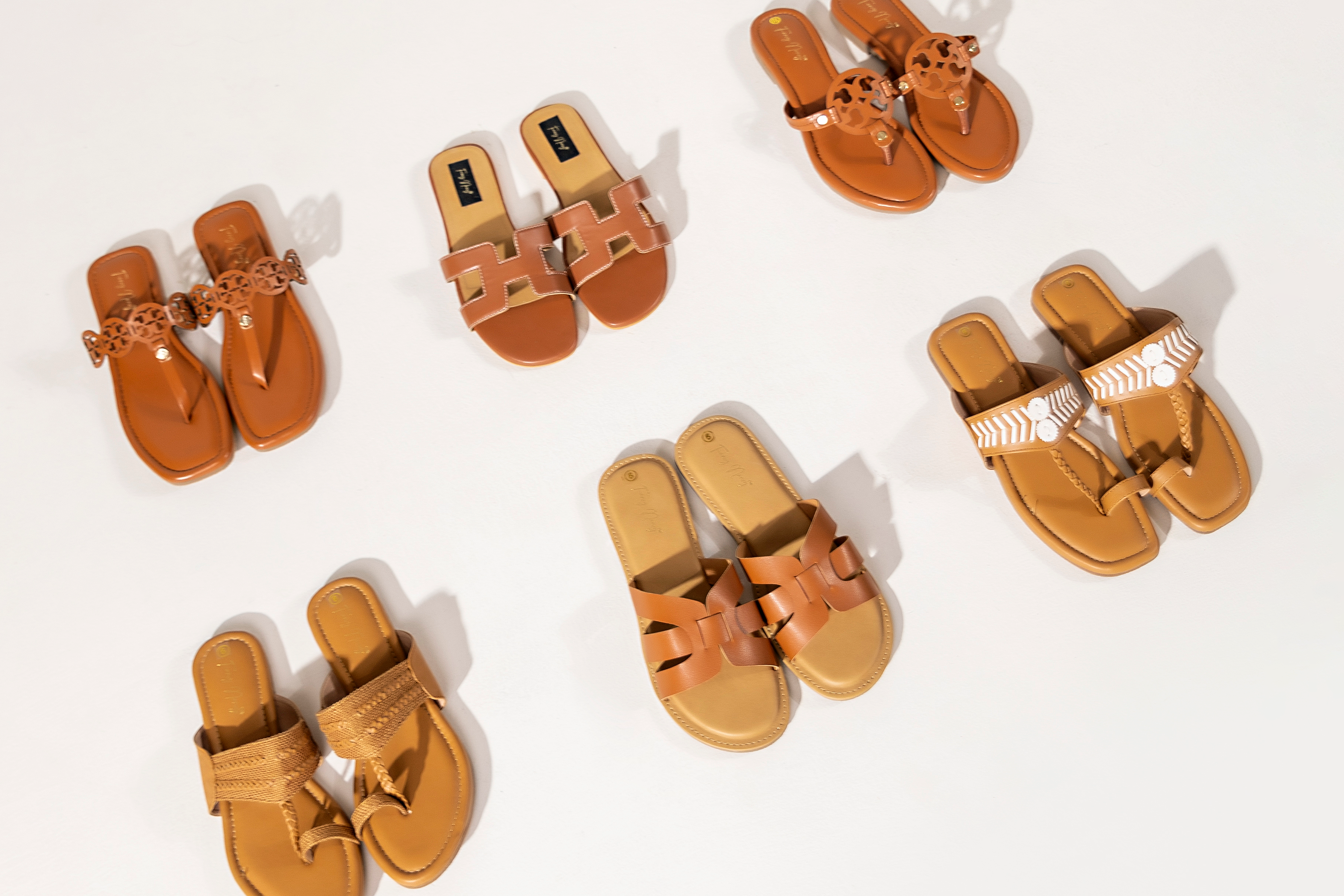
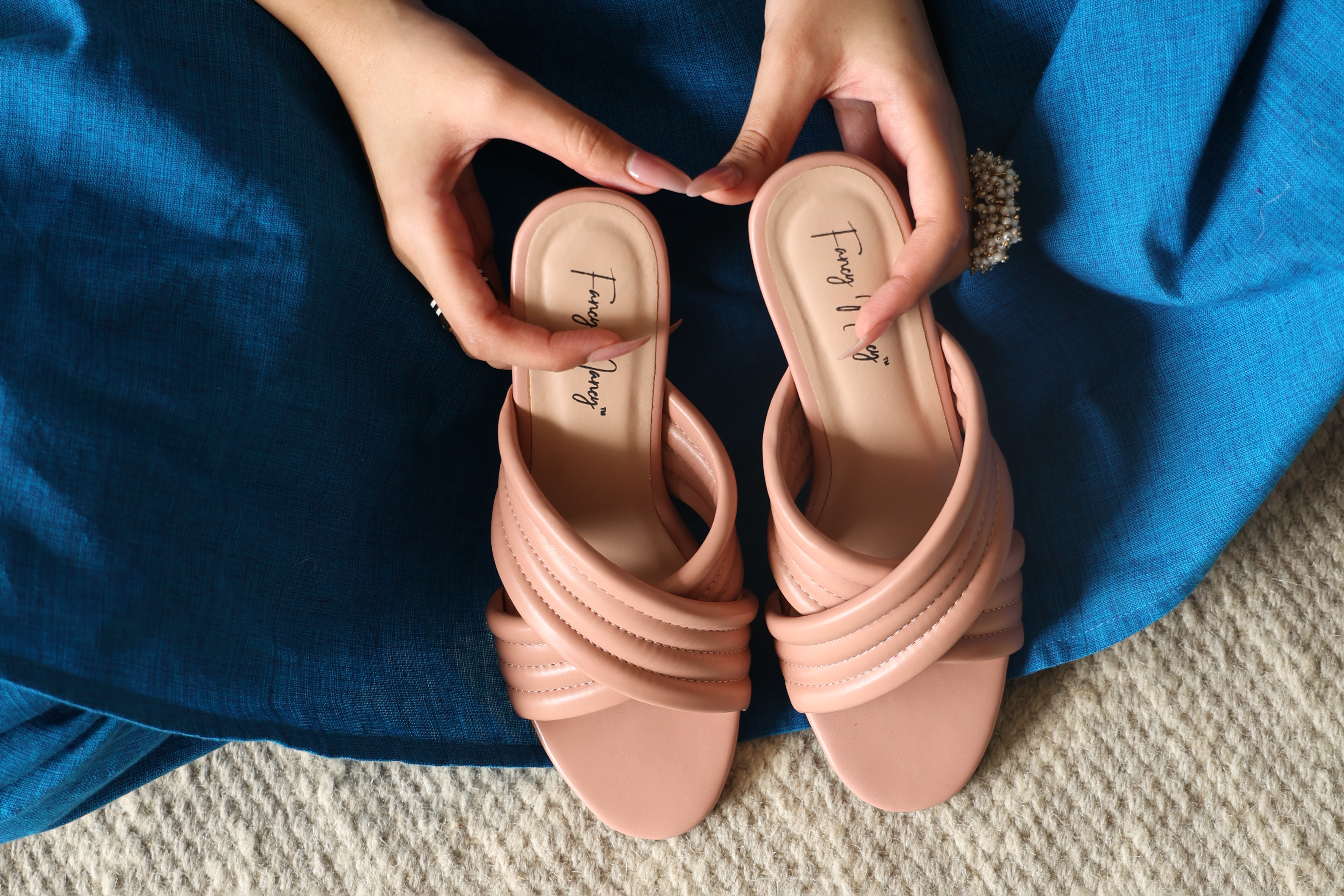
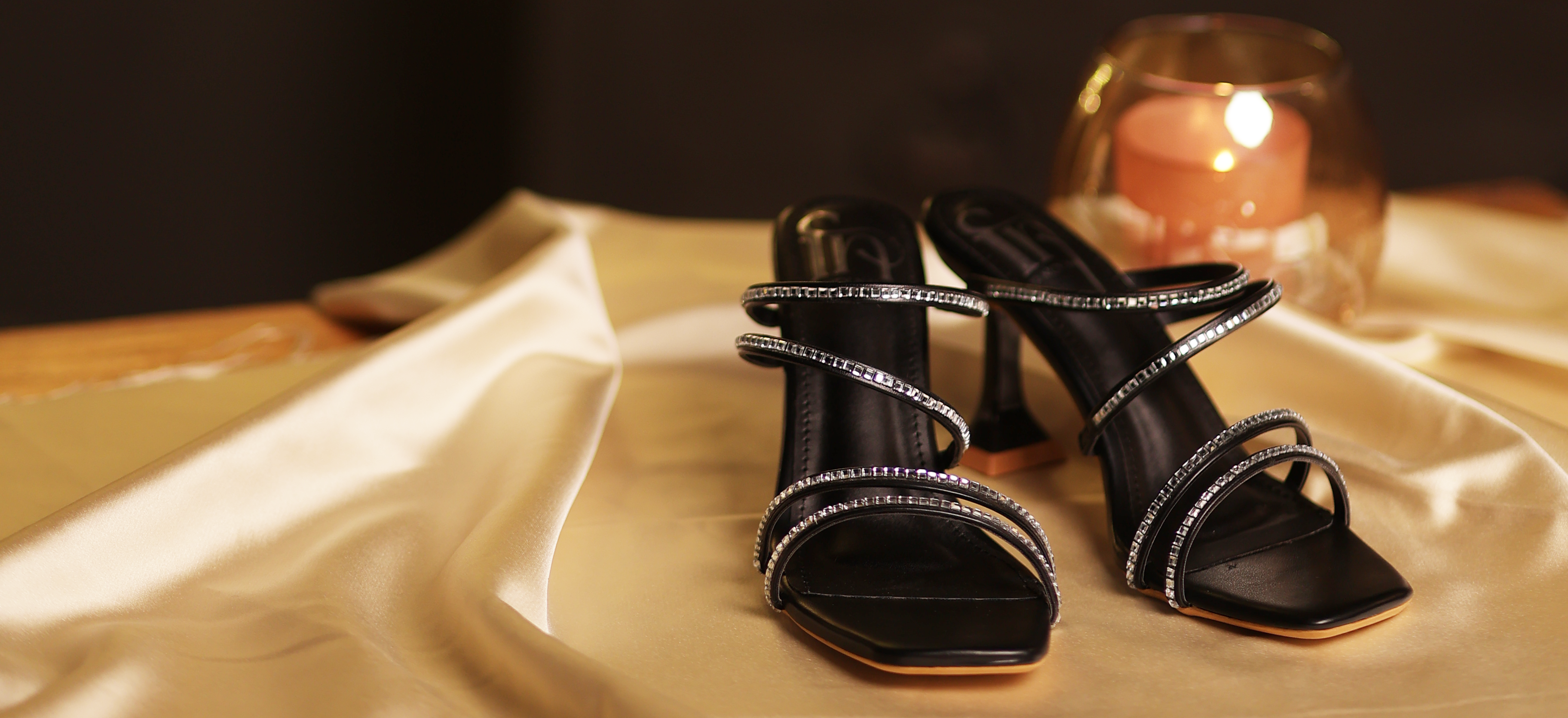
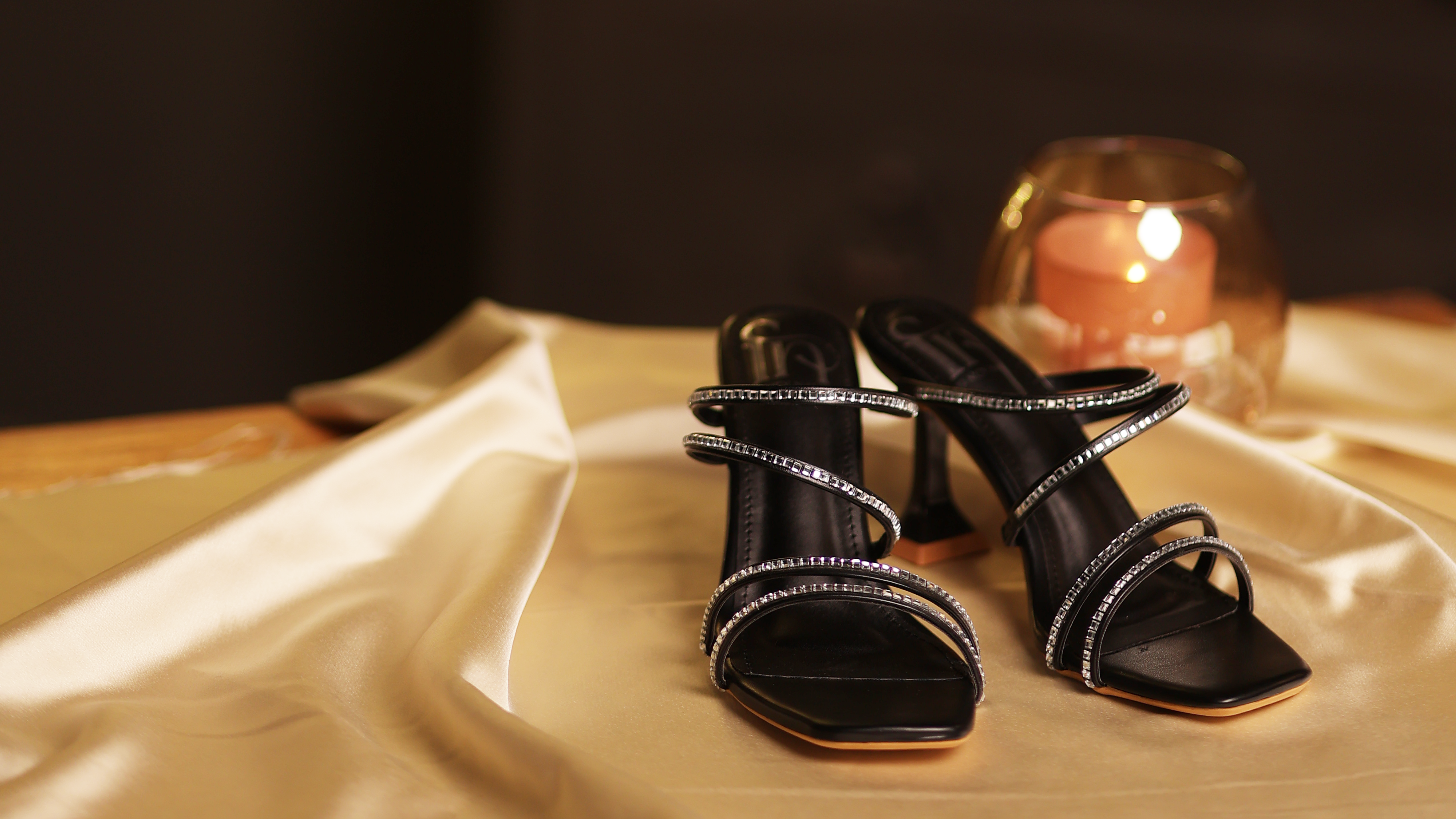
Leave a comment
This site is protected by hCaptcha and the hCaptcha Privacy Policy and Terms of Service apply.